More turns, less hassle. Split-boarder tips for better tours
Photo Credit: Corey Wall
Apprentice Split-Board Guide | Steffan Gregory, on a personal trip riding Volcanoes
if you are a Split-boarder yourself, or tour with Split-boarders, these tips will help you out
Split-boarding is a mode of travel commonly used while backcountry skiing/riding. In it’s simplest form, it’s snowboard cut in half. The board then accepts the Snowboard binding in “ski mode”. Removable “Skins” are added for traction on the ascent. To ride down, the board is snapped back-together and sweet, sweet turns are made to the bottom.
Split-Boarding has been around for decades and the community and technology has grown and improved the significantly over years. Though it’s a commonly used tool in the backcountry, it is still receives it’s fair share of criticism. Topics range from, slow transitions from ski to board mode, difficulty skinning uphill and many others. These topics exist because they do happen. There are a handful of ways to prevent little problems from becoming big headaches. That said, this article will address a couple of these topics for experienced riders.
The tips below will help an experienced Split-Boarder be better prepared for any tour and any condition.
Save the image on your phone, and run through the list before your next tour
Tighten All Screws
This is CRITICAL!
All setups regardless of lock tight or nail polish, come loose over time. A binding flying off mid jump turn in that sick couloir you’d been wanting to ride for years, is not how you want the day to end.
Split-boards using the “puck” style bindings seem to be more prone to this. The touring bracket on all of them become loose especially after traverses.
Board tool in Pocket
If the many problems with Split-boards is equipment failure, well, then lets keep the tool near by!
When you’re buddies are talking about which pillow line looks better for “the shot” you can take a moment and tighten up a few screws. Better to do it before you need to, it’s hard to find the hardware once it falls off into the 1 foot of new you all are keen on ripping.
Split-Board Crampons
Ok, ok, ok,
It’s a Pow day, “Do I need to bring them on a pow day”
It’s you’re call, depending on where you skin, even established skin tracks on pow days can be slick, steep, or need to get re-routed. These are all reasons Split-board crampons are useful. If the Skier in front is struggling on that classic steep Utah skin track, or maybe you’re busting through to the crust on that long traverse, the five minute transition is worth the energy, every-time. It’s four wheel drive for your board, they might not get used every tour, but it will be the make or break for the fun factor on any day.
Make sure they fit your specific bindings, message us with questions.
One Ski Strap on the pole
Some like, two, that’s cool,
At least having one handy can help when you tail clip falls off your skin, or your buddies skin. Oh snap! There’s a quick boot track to the top, it’s cool, you’ve got a ski strap to keep your poop in a group while you get to the top.
They’re invaluable in the backcountry riding world, pick them up ASAP if you don’t own any yet.
Glop Stopper and 4mm Scraper
These are Leg and transition savers!
Board sticking to the skin track? Snow sticking to the top of your board, wax it. Board not snapping back together? Scrape it!
That’s it?
Well, no, but, it’s a starting point. Will these tips cover everyone problem that comes up, absolutely not! They barely scratch the surface really. Though, they really cover the gambit of common issues that occur on most tours.
Split-boarding is hard, it takes time to learn all of the specific skills to become efficient.
Practice your transitions at home, time yourself, the clock never lies. Ask questions and seek qualified instruction.
Most of all, treat other snow sliders, riders and walkers with the same respect you expect when out enjoying the hills. We all want the same thing after-all,
more turns, less hassle.
-Steffan Gregory
AMGA Apprentice Split-Board Guide| AMGA Assistant Alpine Guide | AMGA Certified Rock Guide


